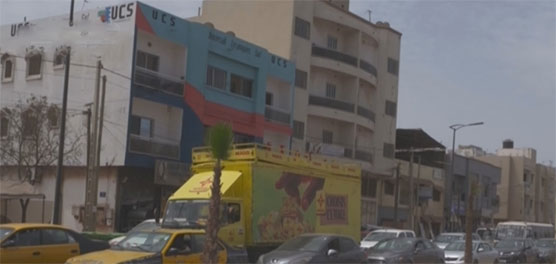
Senegal’s Saint-Louis region faces a deadly Rift Valley Fever outbreak, killing 7 and infecting dozens. Health officials warn of mosquito and animal contact risks, with no human vaccine available—raising global spread concerns.
DAKAR, Senegal — A rapidly escalating Rift Valley Fever (RVF) outbreak in northern Senegal has claimed 7 lives and infected at least 21 people as of late September, according to Health Minister Ibrahima Sy. The crisis, centered in the Saint-Louis region, has sparked urgent warnings from global health experts and put local communities—especially farmers and herders—on edge.
The Epicenter: Saint-Louis Bears the Brunt of RVF
Saint-Louis, a coastal region in Senegal’s north, emerged as the heart of the outbreak after its first official cases were reported on September 25. By September 28, the toll had climbed to 7 deaths, a sobering number that highlights how quickly the virus can turn deadly without swift action. “This isn’t just a local issue—it’s a wake-up call for how vulnerable frontline communities are,” said Boli Diop, head of epidemiological surveillance at Senegal’s Health Ministry .
The region’s struggle has only intensified in early October. Later reports showed confirmed cases surging to 78 across Senegal, with 11 total deaths—keeping Saint-Louis as the hardest-hit area, home to 75 of those cases . Isolated cases have also popped up in Louga and Matam regions, though Thiès region has so far dodged infections thanks to boosted surveillance .
How RVF Spreads—and Who’s Most at Risk
RVF is a zoonotic virus, meaning it jumps from animals to humans—think of it like a dangerous game of “pass the pathogen” between livestock and people. Most human infections happen through direct contact with infected animals’ blood or organs, making slaughtering, butchering, or helping with animal births extremely high-risk activities .
Mosquitoes also play a villainous role, acting as flying vectors that spread the virus after feeding on infected animals. This double threat hits groups like herders, farmers, and veterinarians hardest—they’re the ones on the front lines of animal care, with little room to avoid exposure. Symptoms start mild: fever, headache, muscle aches, and fatigue. But for some, it spirals into life-threatening hemorrhagic fever or vision loss—scary stuff with no specific treatment or approved human vaccine .
Global Concerns: Could RVF Reach the U.S. or EU?
For Americans and Europeans scrolling through their feeds, this might feel like a distant crisis—but health experts say it’s worth paying attention to. RVF has already spread beyond Africa, reaching the Arabian Peninsula in 2000, and scientists warn it could hop continents again .
The risk to the U.S. and EU is low for now, but not zero. Mosquito species that can carry RVF already live in parts of North America and Europe—species we’re already familiar with from West Nile Virus outbreaks. “We’ve seen how arboviruses like West Nile can take hold here,” said one CDC - affiliated expert, referencing the 1999 West Nile spread that caught U.S. health systems off guard . The EU’s food safety authority has even mapped parts of the Mediterranean coast as “suitable” for RVF - carrying mosquitoes, a reminder that global health is a team sport .
Senegal Fights Back: Surveillance and Community Action
Senegal isn’t sitting idle. Health officials have teamed up with livestock departments to track cases and stop the spread. In Saint - Louis, Deputy Regional Health Director Dr. Abi Boulaye Sall says the strategy hinges on “breaking transmission chains” through watchful surveillance and getting communities on board .
Preventive steps are front and center: urging slaughterhouses to up their hygiene game, reminding people to avoid sick animals, and even pushing for more insecticidal mosquito nets in regions like Thiès, which hasn’t run a net campaign in years . The World Health Organization (WHO) is also in the mix, partnering with the U.N.’s food and agriculture agencies to tackle the outbreak at the animal - human - ecosystem interface .
As Senegal battles to contain the virus, the takeaway is clear: RVF thrives on neglect, but it can be slowed by vigilance. For those in affected areas, it’s about staying safe around livestock and mosquitoes. For the rest of us, it’s a reminder that in a connected world, no outbreak is truly far away.
